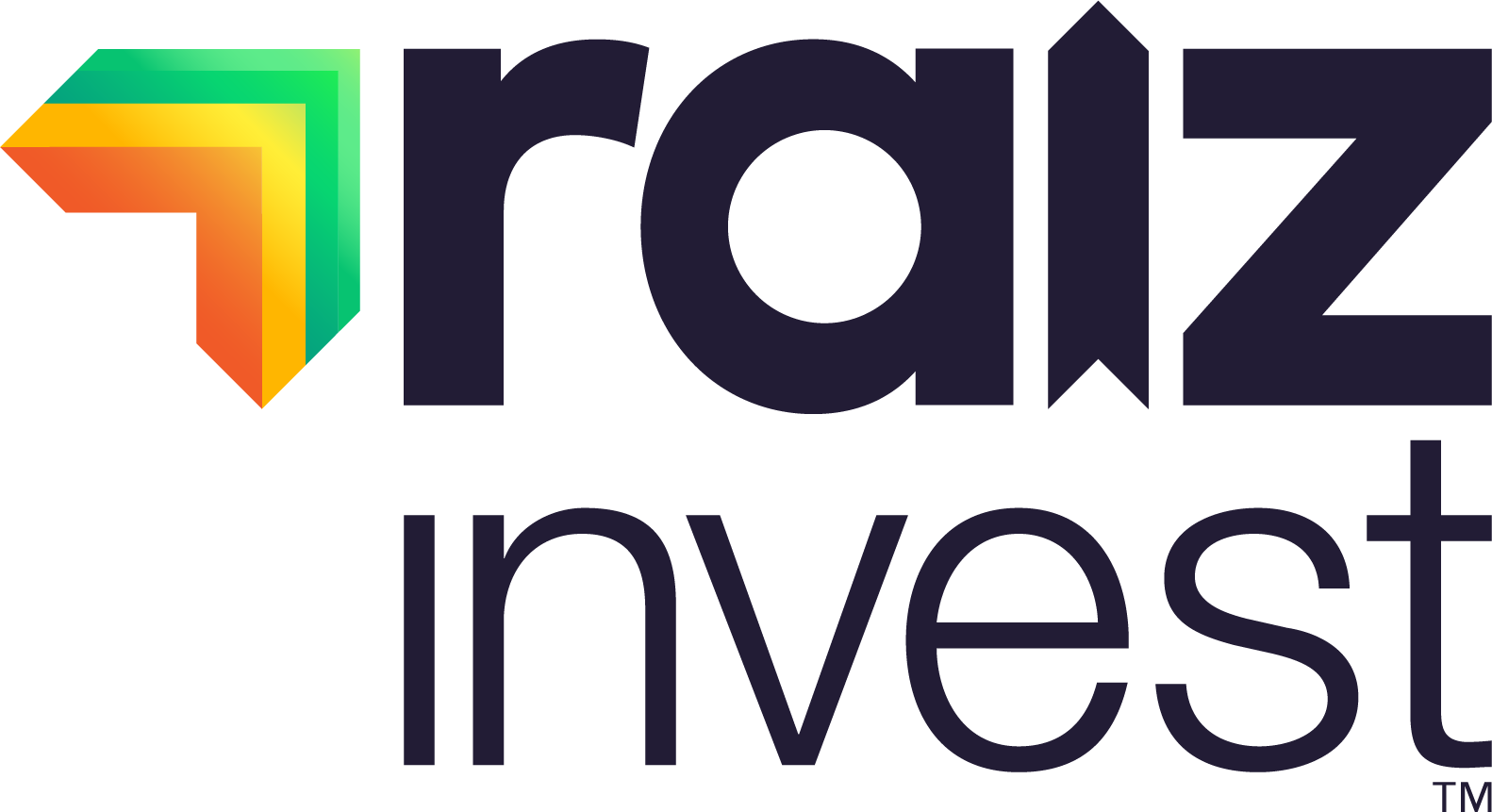The costs to consider when buying your first property

By Michael
Gilbert, co-founder of Cubbi
Congratulations!
You’ve
scrimped, saved, got the cash in hand and you’re just about to buy your first
investment property.
Unfortunately,
the work doesn’t stop here. In fact, it’s only just beginning.
Whether
you’re going to be renting or living in it yourself, buying an investment
property always comes with additional expenses that you need to be aware of
ahead of time.
The
Raiz community is very familiar with the concept of how small amounts can add
up over time and the same can be said for the seemingly innocuous extra costs
of owning a house (only in a slightly less enjoyable way).
Here’s
a breakdown of exactly what some of those expenses are and how you can prepare
for them.
Stamp
duty
Scratch
this, if you’re a first home buyer with a purchase under $600,000 in Victoria
or New South Wales (conditions apply in NSW) where state governments have
ditched stamp duty altogether.
For
everybody else, chances are you’re going to pay some stamp duty and this is
generally the biggest additional cost you’ll have to fork out for. For example,
an established home worth $500,000 purchased as a rental property in Queensland
will cost a first-time buyer no less than $15,925 in stamp duty.
Another
key factor you need to keep in mind is that in some cases lenders won’t allow
you to lump your stamp duty in with your mortgage and you’ll need to ensure you
have that cash upfront. Always speak to your lender in advance about stamp duty
to know where you stand.
Registration
and conveyancing fees
Registration
fees are paid to the Land Titles Office when you submit documentation for
processing and can range up to $3605 in Victoria for properties over $500,000.
They
are also usually lumped in with your conveyancing fees, the cost of hiring a
solicitor to review all the contracts of sale and ensure the it follows the
right legal process. Conveyancing fees are not standardised but are generally
close to $1000, if not more.
Council
rates
It’s
amazing how many people don’t take council rates into consideration. You’re
going to end up paying at least $1200 per year and it could be more depending
on where you live.
Many
councils also charge late fees so to avoid paying even more than necessary find
out what your rates will be and set up a direct debit as soon as you’ve settled
so you’re never late.
Preparing
the property for tenants
When
you buy a property there are no clear cut rules that say the seller must have
the property in pristine condition when it’s time to hand over the keys.
However,
when renting out your property there are more stringent standards for the
condition it needs to be in and thus you need to factor in the likelihood of
having to carry out some maintenance tasks such as: mowing, hard rubbish
clearing, painting, carpet cleaning and replacing old or broken fittings such
as old blinds and shower screens.
Getting
this stuff done while it’s vacant will help attract better tenants (which in
itself can save you money) as well as reducing the cost associated with last
minute repairs.
Vacancies
As
a landlord your first goal is to get some tenants but have you prepared for the
fact you might have a month or two without any? As a rule of thumb, you’ll need
to budget for about four weeks of vacancy per year.
In
between tenants you’ll likely need to spend more money on maintenance and
repairs, such as painting, fixing a wobbly towel rack or extra cleaning costs.
Things that just didn’t get done or reported by your tenants.
Engaging
a real estate agent might help you find tenants faster but that brings us to
our next point…
Agency
fees
A
lot of people underestimate just how much real estate agents cost. They can plug you for between 5-10%
of the rent, depending on location and other factors. If you’re renting a
property for $450 a week with an agent charging 7%, that’s $1600 gone a year!
General
maintenance
Things
happen. They aren’t usually anyone’s fault but they happen. A shower starts
leaking, a tenant scrapes a piece of furniture against the wall and leaves a
mark, a skirting board comes loose.
These
are all perfectly normal things that are inexpensive, in and of themselves, but
can quickly add up. If you’re a landlord then you need to have cash on hand to
make sure maintenance issues get repaired quickly, especially if they involve
critical things like hot water systems or electrical issues – two things that
can throw your budget out really quickly.
To
be on the safe side, you should set aside 5% of the rent amount in a separate
savings account to make sure you’re covered for maintenance emergencies. You
don’t want to be wacking those on the credit card and racking up 20% interest
on top!
Unfortunately,
the supplementary costs of buying a house are – for the most part –
unavoidable. The smartest thing you can do is know what they are, when they
apply and be prepared for them. Hopefully, this brief guide gives you a bit of
an idea of what you need to keep in mind before you start raising your hand at
auction.
———————————————————————————————————-
Author,
Michael Gilbert, co-founder of Cubbi
Cubbi
is an online property management platform – for the purpose of cutting out the
expensive (and often underperforming) middleman and replacing him with
technology. For example, when you accept your tenant, you can create your own
lease agreement right then and there online instead of waiting for your agent
to get round to it.
Don’t have the Raiz App?
Download it for free in the App store or the Webapp below:

Important Information
The information on this website is general advice only. This means it does not take into account any person’s particular investment objectives, financial situation or investment needs. If you are an investor, you should consult your licensed adviser before acting on any information contained in this article to fully understand the benefits and risk associated with the product.
A Product Disclosure Statement for Raiz Invest and/or Raiz Invest Super are available on the Raiz Invest website and App. A person must read and consider the Product Disclosure Statement in deciding whether, or not, to acquire and continue to hold interests in the product. The risks of investing in this product are fully set out in the Product Disclosure Statement and include the risks that would ordinarily apply to investing.
The information may be based on assumptions or market conditions which change without notice. This could impact the accuracy of the information.
Under no circumstances is the information to be used by, or presented to, a person for the purposes of deciding about investing in Raiz Invest or Raiz Invest Super.
Past return performance of the Raiz products should not be relied on for making a decision to invest in a Raiz product and is not a good predictor of future performance.



